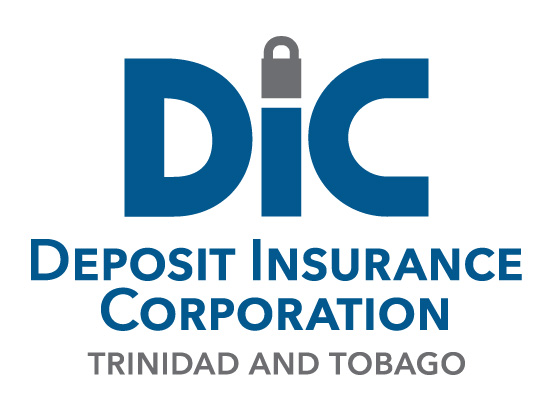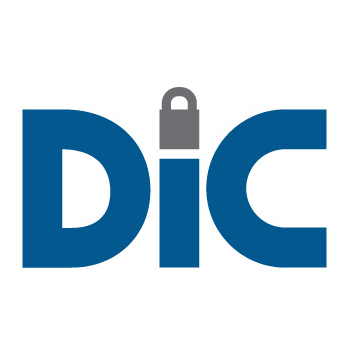Some examples of Members’ Liabilities that are NOT covered by the Deposit Insurance include, but are not limited to, the following:-
Letters of Credit
Letters of Credit are credit instruments issued by a bank guaranteeing payments on behalf of its customers to a BENEFICIARY, normally to a third party but sometimes to the bank’s customer, for a stated period of time and when certain conditions are met.
Standby letter of Credit
A Standby letter of Credit is a contingent (future) obligation of the issuing bank to make payment to the designated beneficiary if the bank’s customer fails to perform as called for under the terms of a contract. Standby letters, for this reason, are considered OFF-BALANCE SHEET LIABILITIES.
Inter-bank Deposits
Inter-bank deposits are deposits held in a commercial bank by another commercial bank.
Affiliate Company Deposits
Affiliate company deposits are deposits held in a holding, subsidiary or co-subsidiary company.
Foreign Currency Deposits
Foreign currency deposits are deposits held in an institution which are denominated and payable in a foreign currency.
Mutual Funds
A Mutual Fund is an investment scheme which pools money from its shareholders in stocks, bonds, government securities, and short-term money market instruments.
Commercial Paper
Short-term IOU, or unsecured money market obligation, issued by prime rated commercial firms and financial companies.
Commercial paper is, in effect, a promissory note of the issuer used to finance current obligations, and is a NEGOTIABLE INSTRUMENT.
Banker’s Acceptance
A banker’s acceptance is a time draft or bill of exchange drawn on a bank and accepted by that bank. The draft is stamped “accepted’ and signed by a bank officer.
By accepting the draft, the bank agrees to pay the face value of the obligation if the issuer (the DRAWER of the draft) fails to pay.
Obligations using Asset-Backed Securities
Asset-backed securities are bonds or debt securities collateralized by the cash flow from a pool of auto loans, credit card receivables, vehicle and equipment leases, consumer loans and bonds.
The bonds give the holder an UNDIVIDED INTEREST in the securitized assets, and are funded by the cash flows received by the issuer from regular payments of principal and interest from borrowers.
Electronic Money (e-money)
Electronic money is defined in the Financial Institutions Act (FIA), 2008 as monetary value represented by a claim on the issuer, which is:
(a) stored on an electronic device;
(b) issued on receipt of funds of an amount not less in value than the monetary value issued; and
(c) accepted as a means of payment by persons other than the issuer.
The funds referred to in (b) above shall not be treated as a deposit under the FIA.




